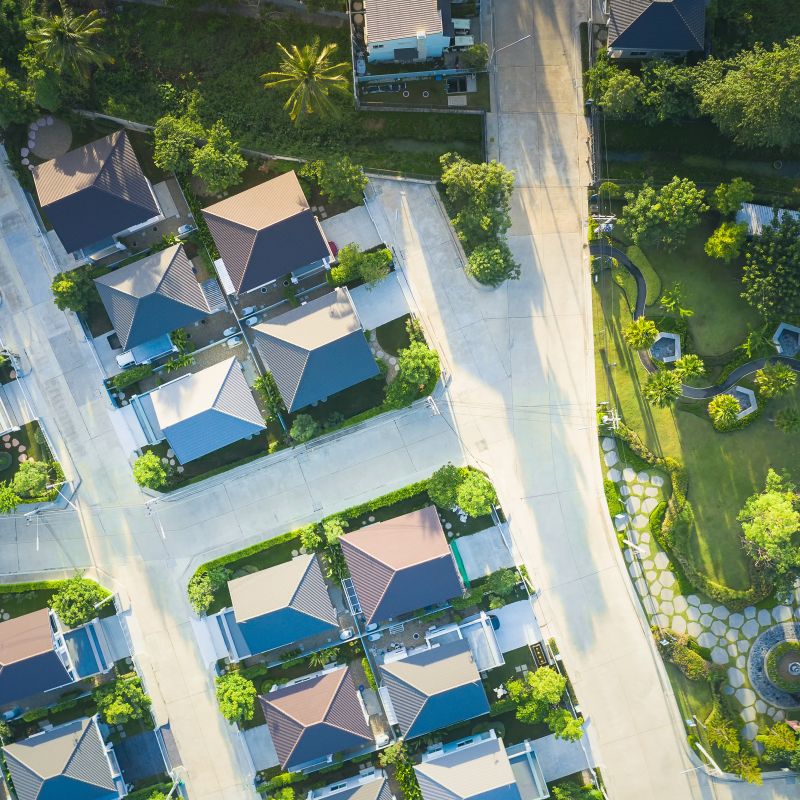We've written a fact sheet to explain what ring-fencing is, the guideline for compliance, and when a waiver might be appropriate for better consumer outcomes.
On this page
Sidebar navigation
Networks
What is ring-fencing?
Ring-fencing refers to the separation of the regulated and competitive business activities of an electricity network service provider.
The purpose of this mechanism is to prevent regulated businesses from:
- favouring their own competitive activities to the disadvantage of other competitors operating in the market
- using revenue earned from regulated services to cross-subsidise their contestable services.
Electricity distribution
Our ring-fencing framework sets out the specific obligations applicable to network businesses in line with ring-fencing rules including regular reporting of compliance.
We published an updated Ring-fencing guideline for Distribution Network Service providers (DNSPs) in February 2022.
Go to the Ring-fencing guideline (Electricity distribution) 2025
All DNSPs need to comply with this version of the guideline, subject to any waivers approved by the AER.
Compliance reporting
DNSPs are required to submit annual compliance reports by 30 April for the preceding calendar year.
We've published a best practice manual to assist in ring-fencing compliance reporting.
Compliance reporting best practice manual for DNSPs
Electricity transmission
We published an updated Ring-fencing guideline for Transmission Network Service providers (TNSPs) in February 2025.
Go to the Ring-fencing guideline (Electricity transmission) 2025
All TNSPs need to comply with this version of the guideline, subject to any waivers approved by the AER.
Compliance reporting
TNSPs are required to submit annual compliance reports by 30 April for the preceding calendar year.
We’ve published a best practice manual to assist in ring-fencing compliance reporting.
Go to the Compliance reporting best practice manual for TNSPs (2023)
Gas
Ring-fencing provisions in the National Gas Law require the separation of pipeline businesses from related businesses, such as those that produce, buy or sell gas.
The provisions ensure that related businesses do not gain a competitive advantage by virtue of their common ownership or operation with pipelines. In these types of situations, the pipelines are considered to have market power. Ring-fencing stops the leveraging of this market power into related markets.
Breaches of ring-fencing obligations
A DNSP must notify the AER in writing within 15 business days of becoming aware of a breach of its obligations under the Ring-fencing guideline, except for a breach of clause 6.2.2 or clause 6.3. We will publish all breach information on this website.
 aer [dot] gov [dot] au (AERringfencing[at]aer[dot]gov[dot]au)
aer [dot] gov [dot] au (AERringfencing[at]aer[dot]gov[dot]au)To assist, please use the following templates:
Ring-fencing - Breach cover letter template for DNSPs
Ring-fencing - Breach reporting template
Publication of registers
DNSPs are required to publish registers on their websites providing staff and office contacts in relation to ring-fencing. These registers are intended to be living documents and must be updated quarterly (by 15 January, 15 April, 15 July and 15 October of each year).
To assist, please use the following template:
AER - Template - Staff and office sharing register - Distribution ring-fencing guideline
 aer [dot] gov [dot] au (AERringfencing[at]aer[dot]gov[dot]au)
aer [dot] gov [dot] au (AERringfencing[at]aer[dot]gov[dot]au)Ring-fencing waivers
Ring-fencing aims to provide a level playing field in new and existing markets for contestable services.
Our ring-fencing guideline recognises that strict adherence to the ring-fencing obligations, in some circumstances, might result in outcomes that are not in the best interests of consumers.
Therefore, we have made provision in our guideline for ring-fencing waivers which provide the flexibility of allowing exemptions in certain circumstances, subject to our approval.
We publish all ring-fencing waivers that apply to the ring-fencing frameworks in electricity distribution, electricity transmission, gas distribution and gas transmission.
